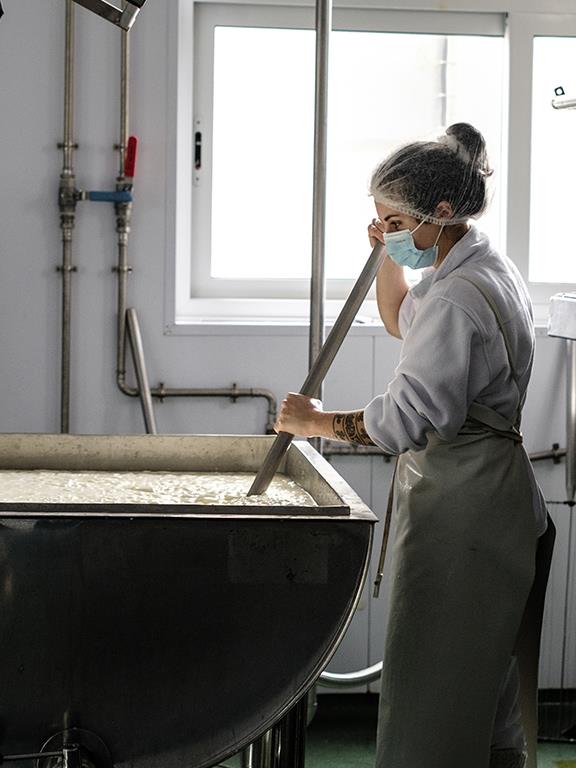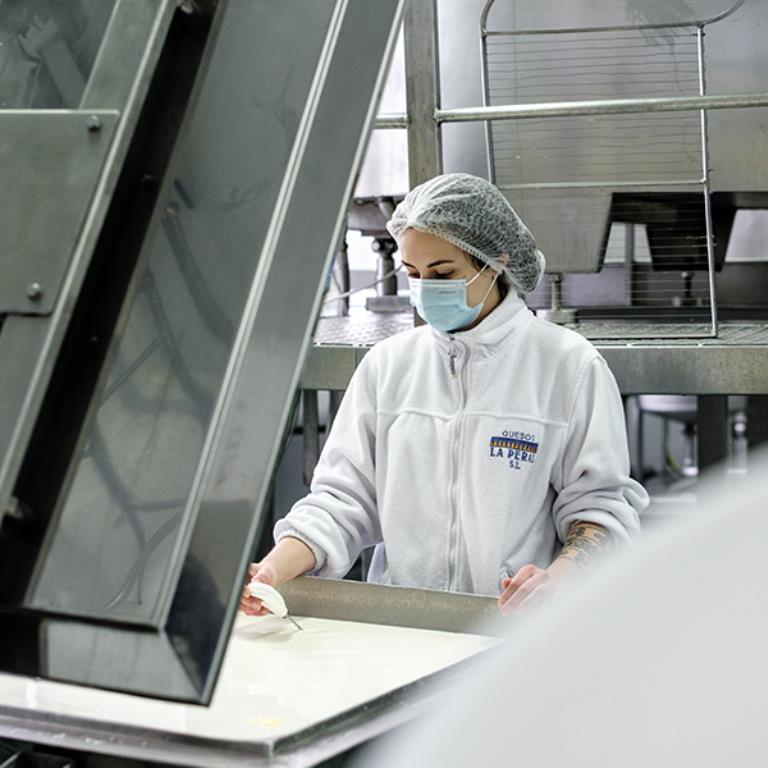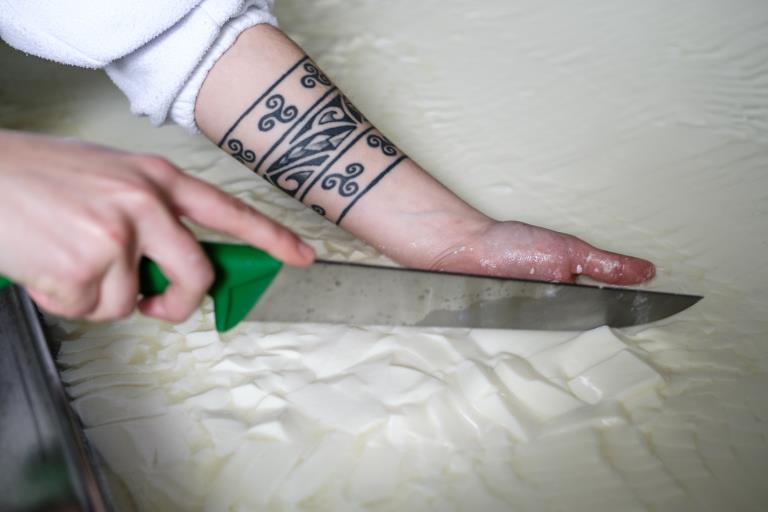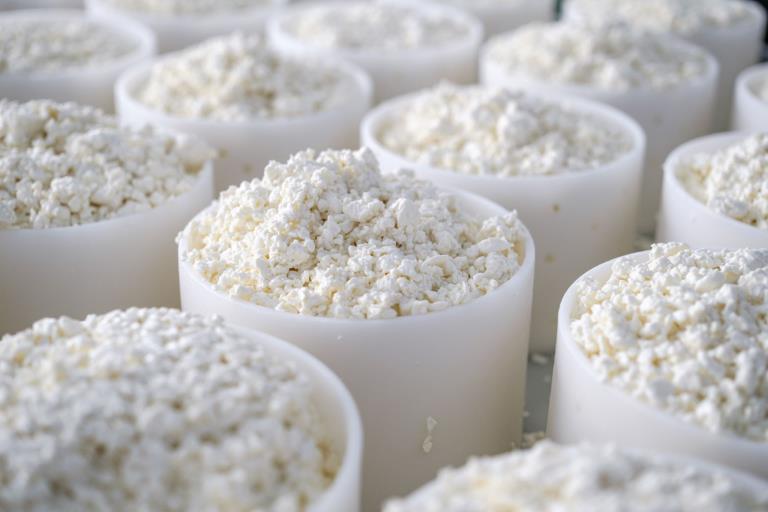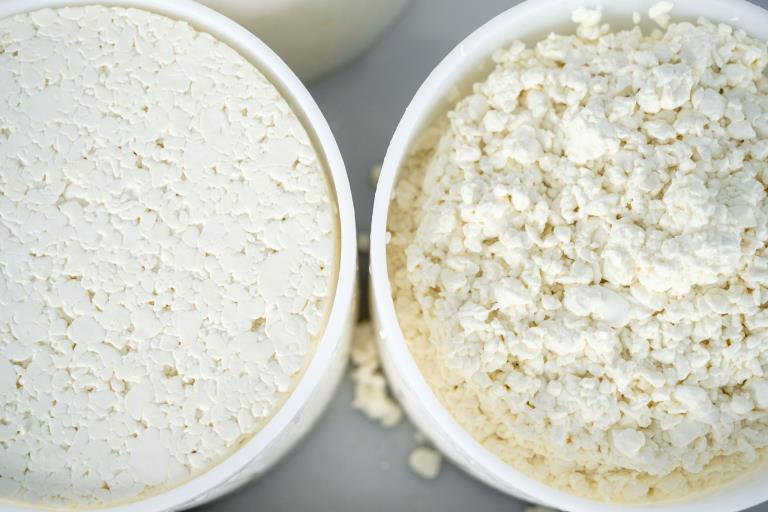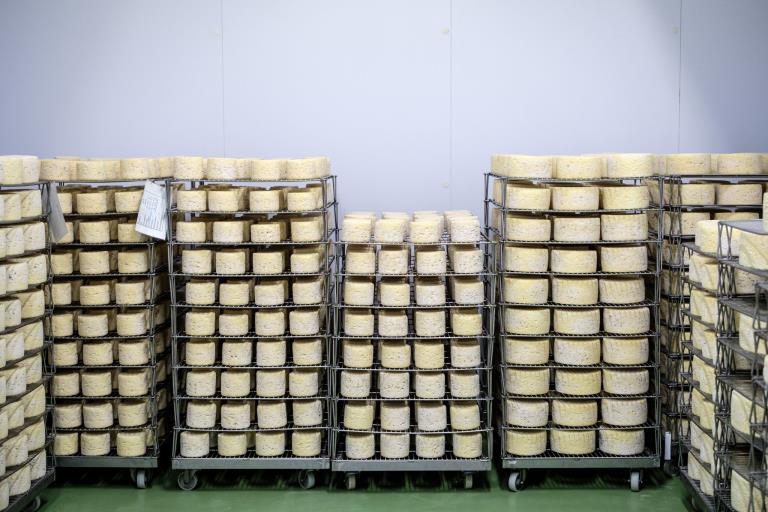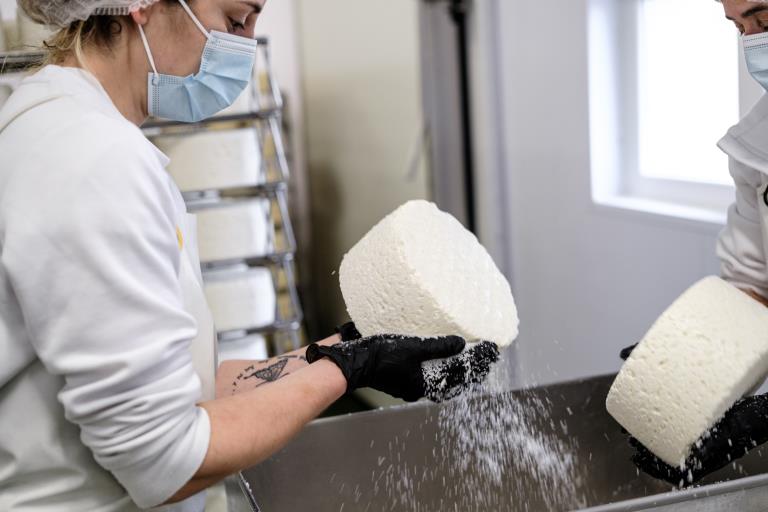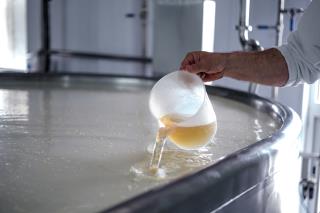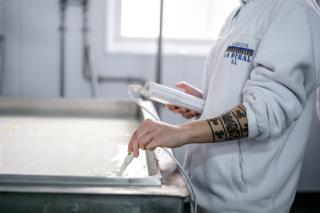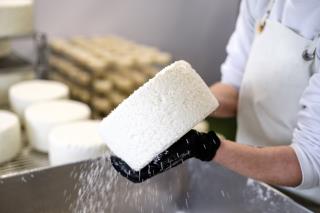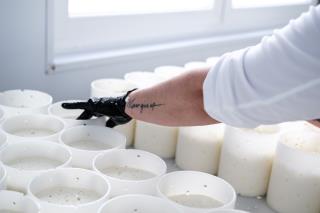Traditional cheese making
Our family has been making the best cow, sheep and cheese for 100 years, all of them bluish, with noble mold and matured in a natural cellar located under the cheese factory itself. Discover on this page how we make our cheeses and learn more about the people who make it possible.
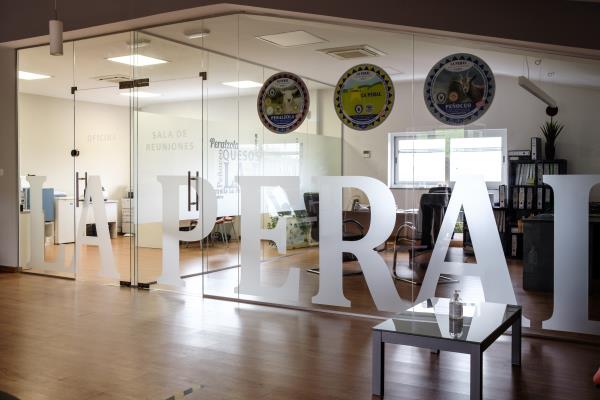
A Centennial Cheese Factory
La Peral is a family-run cheese factory founded in 1923 by Mr. Antonio León Álvarez, who has been producing the Star La Peral Cheese (made from cow's milk), Peralzola (made from sheep's milk) and Peñoceo (made from goat's milk) in a traditional artisanal way since then. The traditional elaboration and artisanal care make our cheeses a product with great personality, highly appreciated by consumers for the delicacy of its special bouquet.
How we craft our cheeses
Everything starts in the Asturian countryside, where the best pastures feed the cows, sheep, and goats from which we obtain the delicious milk that we use to make our cheeses.
Keep reading and discover how a successful combination of the latest food technology in our facilities, combined with tradition and artisanal care, make our cheeses a unique product that satisfies all tastes.
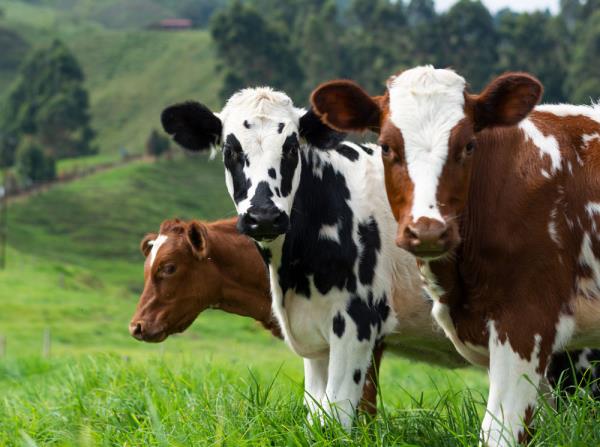
Asturian Countryside Products
The milk we use comes from Asturian cows that graze freely in the Asturian meadows. It's milk with ideal Asturian strength for making our cheeses.
The process of making our cheeses begins when the collection truck unloads the milk into the refrigerated tank.
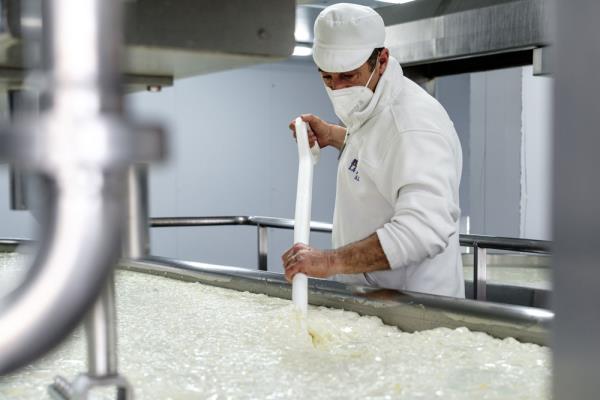
Preparation of the curd
Upon arrival at our Illas facilities, the milk is passed through the pasteurizer, as we recall that it is a product made with pasteurized milk.
In the cheese vat or processing vat, lactic ferments, penicillium, and finally rennet are added, which will be responsible for producing the coagulation of the milk.
After an hour, the curd is cut, using blades or wires to separate the curd from the whey. The resulting paste is cut into small squares of approximately one centimeter in size, ideal for this type of cheese.
Shaping
The next step in the production of our cheeses is molding. Once the curdling process is complete, the curd will reach the necessary consistency and texture to be transferred into molds of different sizes. The cheese is then turned over multiple times to facilitate the draining of the whey.
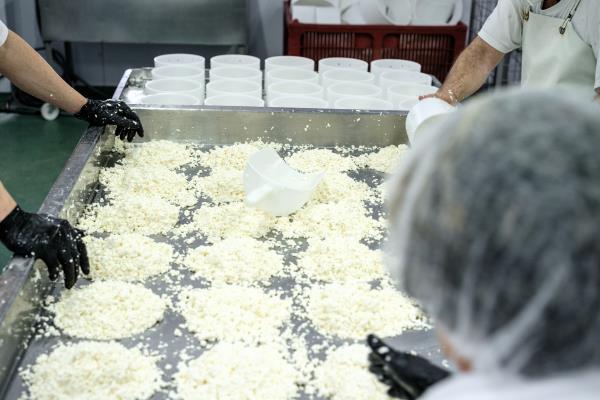
Stirred and pressed
Then comes the stirring, and afterwards we move on to the tables where the cheese molds are manually loaded one by one.
It's a cheese that isn't pressed. The pressing is done by its own weight.
Salted, pierced and ripenning in the cellar
Once it's turned over, it has its shape. The next day, each one is salted by rubbing. It's salted on one side first and then on the other.
Then it goes to the piercing area. Piercing simply involves making some holes in the product so that the Penicillium that is already "planted" in the milk can grow inside the cheese.
After piercing, it goes to the chambers and is turned every 2-3 days to distribute the moisture evenly.
In the chambers or cellars, the cheese matures for about 30 days at a temperature of around 12 degrees and a humidity of 95%.
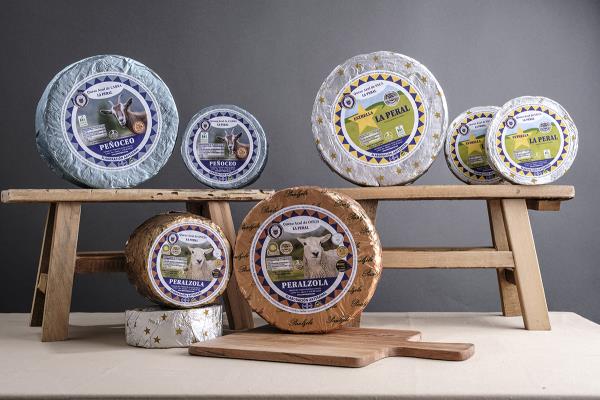
Final product
Finally, in a completely manual process, the cheeses are prepared and labeled for sale.
From the time the milk is received until the product is more or less ready to be sold, two to two and a half months pass.
As a result of the production process, we obtain refined, creamy cheeses that are low in fat; high-quality foods rich in protein and with a balanced presence of calcium, phosphorus, and magnesium salts.
